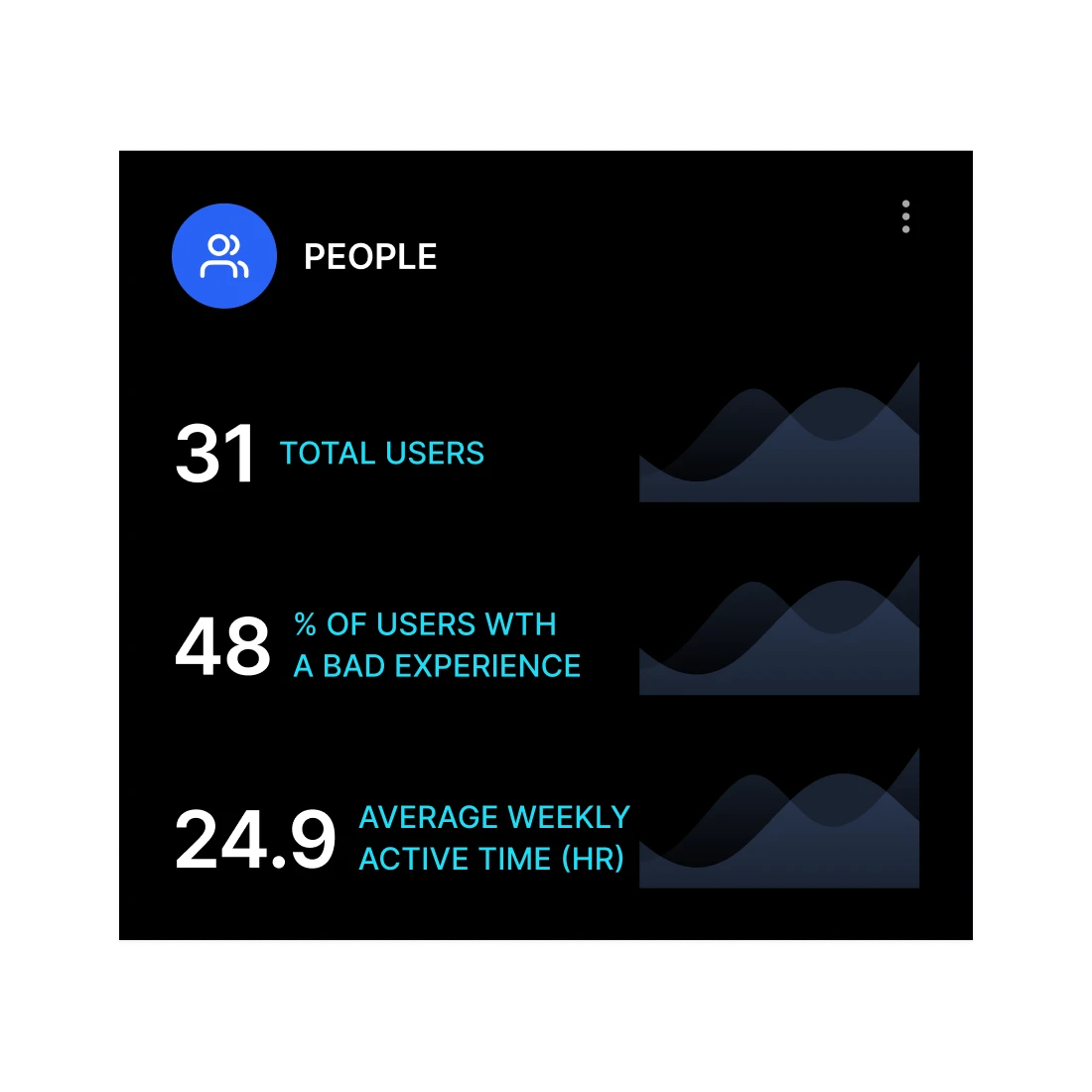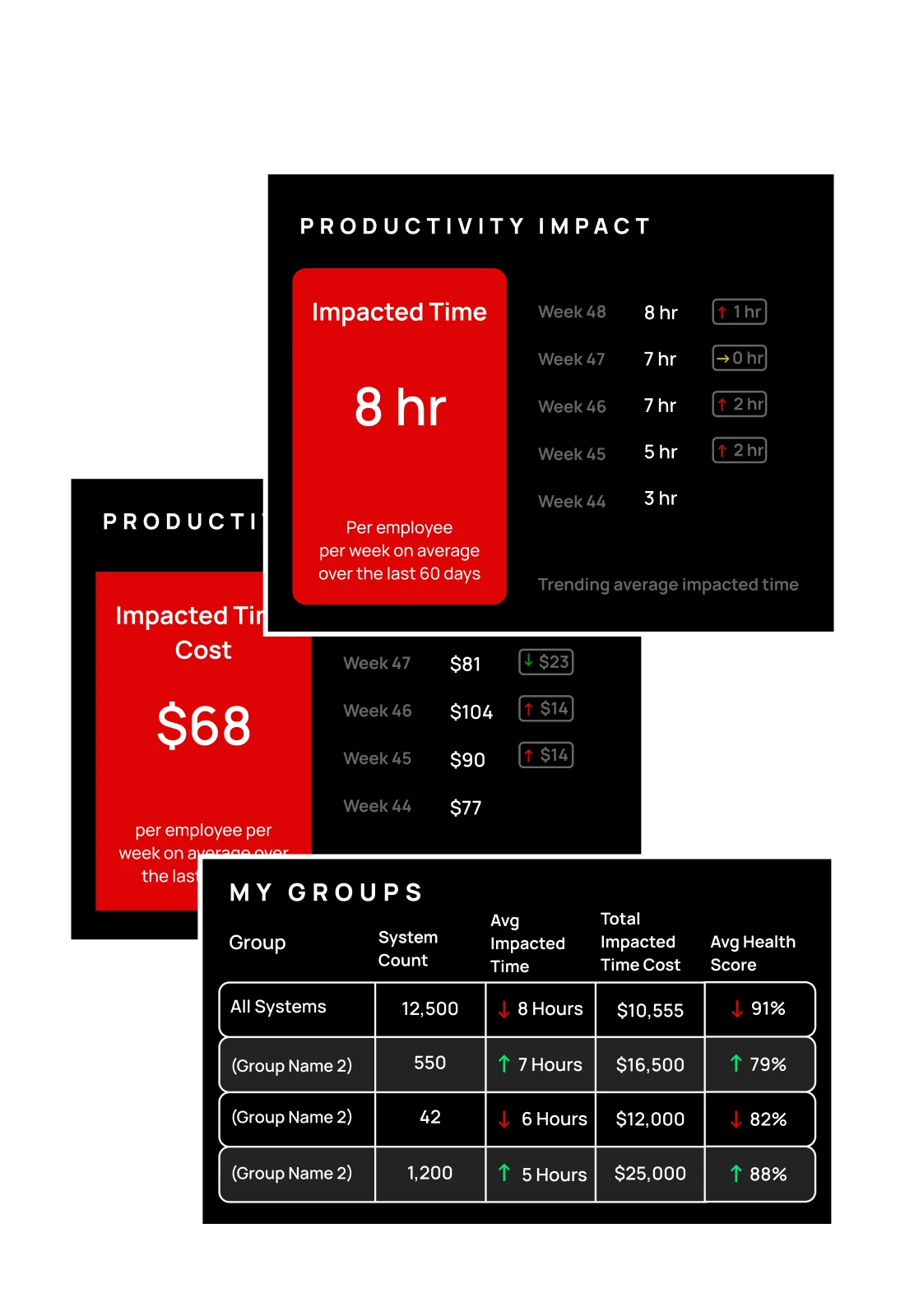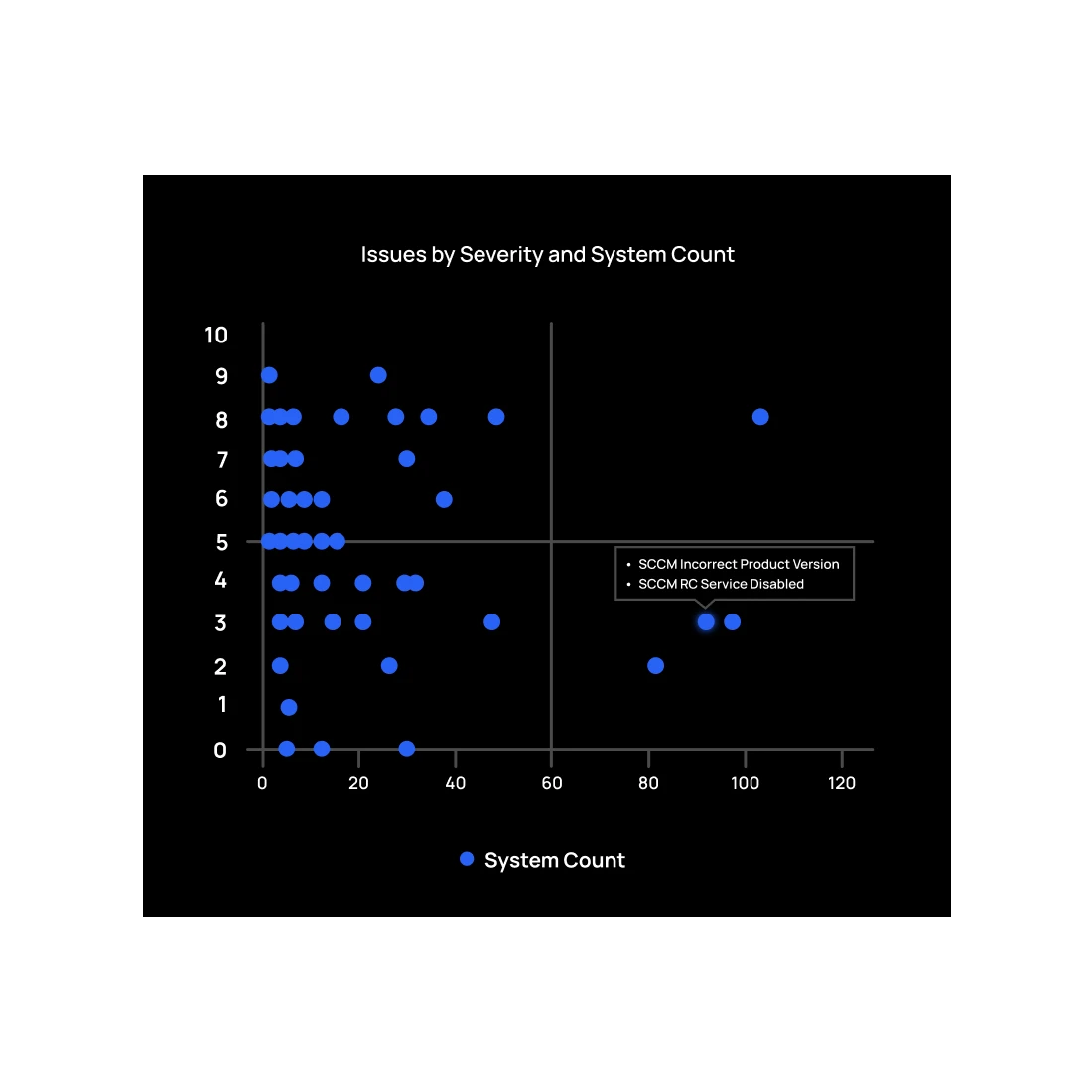Digital Employee Experience
Deliver a digital employee experience that empowers IT teams, boosts employee productivity and drives real business outcomes.

Named a DEX Leader by



Achieve complete observability of digital employee experience
Solve Your Biggest DEX Challenges
Lakeside SysTrack empowers enterprise IT teams to create seamless digital employee experiences, improve productivity, and optimize workplace technology, leading to greater employee satisfaction and business success.

Deliver an excellent digital experience
Gain a complete understanding of the end-user experience and identify areas for improvement. Lakeside SysTrack’s comprehensive data collection and analysis capabilities allow you to proactively address pain points, optimize workplace technology, and create a positive digital experience for every employee.
Measure and monitor performance
Continuously measure and monitor key metrics that impact the digital employee experience. Lakeside SysTrack provides insights into application performance, user behavior, and technology health, enabling you to identify trends, diagnose issues, and optimize your digital employee experience management strategy. This data-driven approach helps you ensure that technology investments are delivering the desired value and contributing to employee retention and satisfaction.


Analyze and predict issues
Go beyond reactive troubleshooting and anticipate potential problems before they affect employees. Lakeside SysTrack’s predictive analytics and AI-driven insights help you identify trends, pinpoint root causes, and remediate issues, minimizing disruptions and maximizing productivity. This allows for better self-service IT and improves the effectiveness of service desk and help desk teams.
Optimize your DEX strategy
Reduce manual effort and improve IT department efficiency with Lakeside SysTrack’s automation capabilities. Automate tasks like issue identification, troubleshooting, and remediation, freeing up IT resources to focus on strategic initiatives and innovation.







